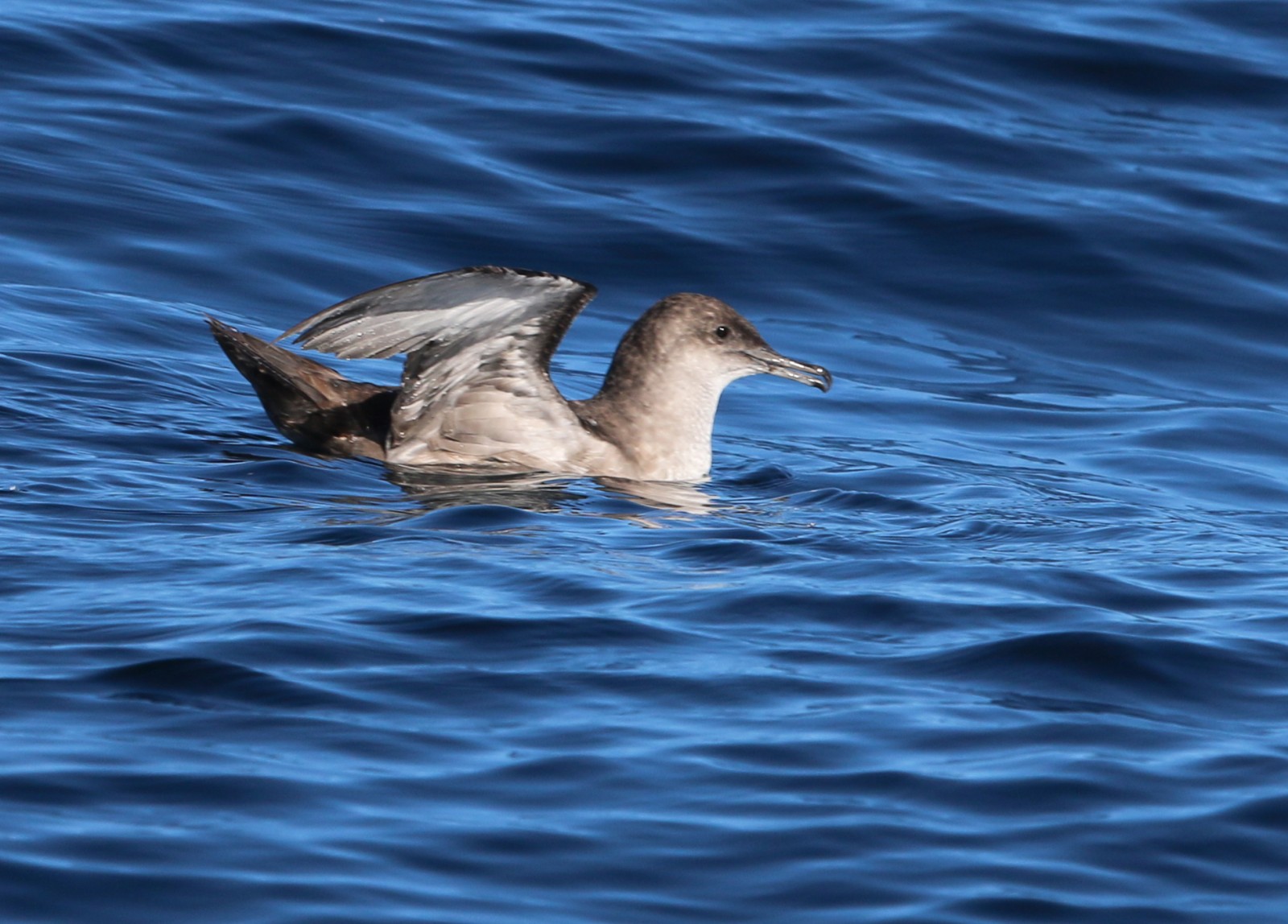Beschreibung
The port of Cambrils is one of the best ports in Catalonia to observe seagulls when fishing boats return. It is probably the best port between the Ebro Delta and Barcelona. On a working day you can see hundreds of the most common seagulls, but you must pay close attention because many rarities have been seen here, such as: Eiderente, Dreizehenmöwe, Polarmöwe, Präriemöwe, Steppenmöwe or Ringschnabelmöwe. In winter, thousands, sometimes tens of thousands of Schwarzkopfmöwe choose the waters near the port to rest after spending the day fishing and washing with fresh water in the reservoir of Riudecanyes or a pond in a field golf. However knowing where they will go to sleep is not easy, sometimes they do it in the southern part of the port, others in front of the mouth of the Riudoms stream, two kilometers to the north.
Details
Zugang
Looking at the sea, it is best to go to the right arm of the port where the red lighthouse is. One hundred meters before reaching the lighthouse is a good place to stop, both to observe the seagulls that have entered the port and those that follow the boats or those more marine species that will not enter. You can park your car in the Parc del Pescador or at the end of the Alforja stream on the right, from where you can also see the sea.

 (003).jpg)


 (003).jpg)
